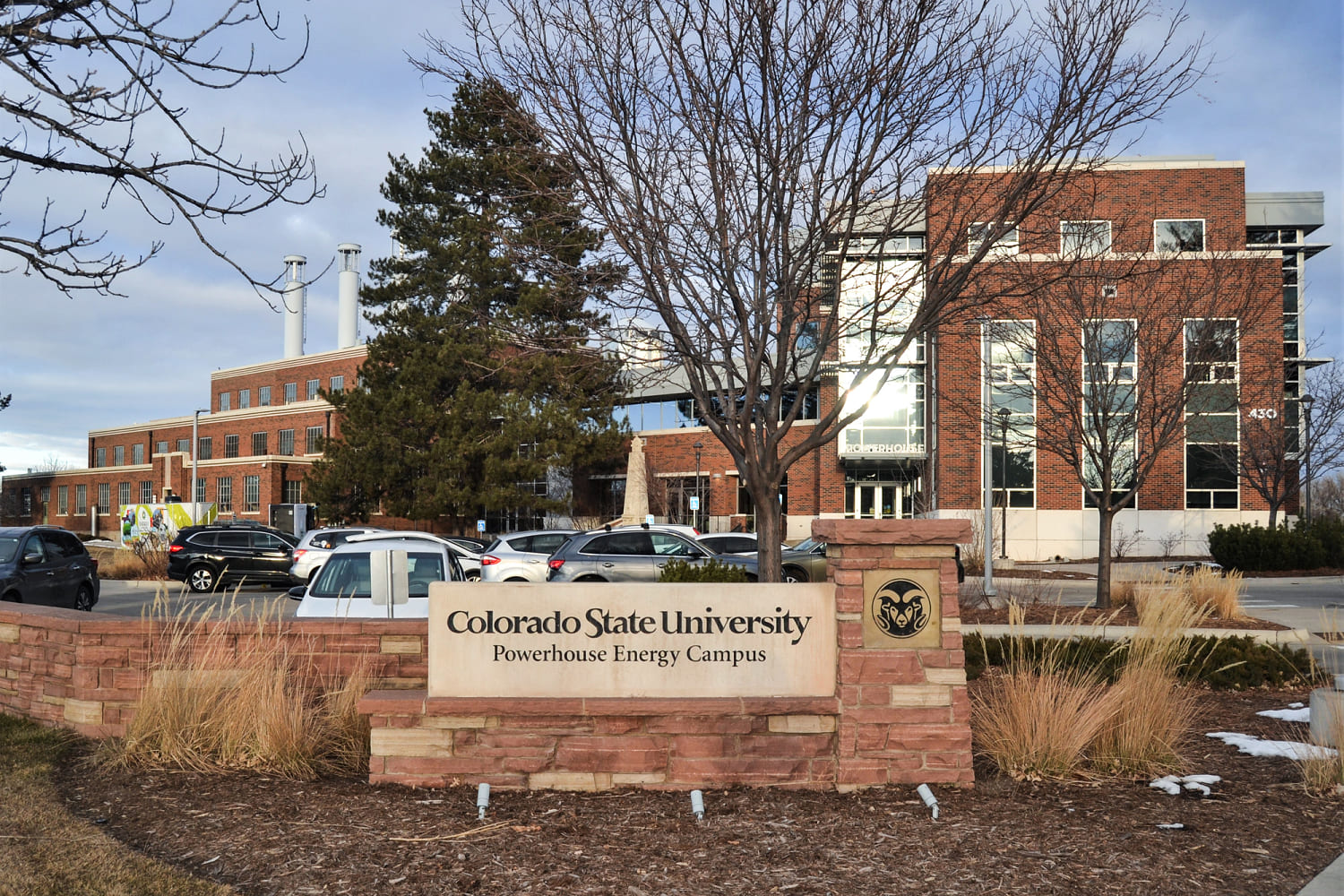Five out of seven Colorado River basin states are failing to maximize a critical resource that could help alleviate the region’s longstanding water crisis, a new report found.
Across all the states, just 26 percent of treated municipal wastewater is being reused, according to the research, released by the University of California Los Angeles, along with the Natural Resources Defense Council.
Arizona and Nevada, which both recycle more than half of their wastewater, stand out among the other five — California, Colorado, Utah, New Mexico and Wyoming — all of which reuse less than a quarter of their wastewater, the report determined.
"We're facing a hotter, drier future and we need to pursue water recycling aggressively if we're going to ensure a sustainable, resilient water supply for the Colorado Basin,” co-author Noah Garrison, a water researcher at UCLA’s Institute of the Environment and Sustainability, said in a statement.
“Even recycling 40% of our wastewater could make a dramatic difference, and we have two states already above 50% showing this is an entirely feasible solution,” Garrison added.
The 1,450-mile Colorado River provides drinking water and agricultural irrigation to about 40 million people across seven U.S. states, 30 tribal nations and two states in Mexico.
As the West becomes increasingly dry and a growing population consumes more water, this key transboundary artery is dwindling.
On the domestic level, the seven U.S. basin states are currently negotiating an update to the Colorado River’s operational guidelines, which are set to expire at the end of 2026.
The UCLA-led research team drew their conclusions by analyzing 2022 data from publicly owned treatment works, which process more than 1 million gallons of wastewater daily across the states.
They found that Nevada reused 85 percent of its treated wastewater, followed by Arizona at 52 percent.
California, which is the region’s biggest wastewater producer, recycled only 22 percent, despite setting ambitious water recycling goals in 2009 and boasting stringent regulations on the subject.
Nonetheless, California fared much better than the remaining states, with New Mexico reusing just 18 percent, Colorado 3.6 percent, Wyoming 3.3 percent and Utah less than 1 percent, according to the study.
“This is a striking divide,” co-author author Mark Gold, director of water scarcity solutions at the Natural Resources Defense Council, said in a statement.
“The river is over-allocated by up to 4-million-acre feet a year, and state reductions can be less difficult,” Gold added.
For reference, the basin states have the collective right to 15 million acre-feet per year, while Mexico receives a 1.5-million-acre-foot allocation. The average U.S. household consumes about half an acre-foot of water annually.
In addition to identifying this dearth in water reuse, the researchers also flagged an apparent absence of basic monitoring as to how much recycling is actually occurring — creating a situation that they described as a “data desert.”
To quantify the amount of reuse that was occurring, the scientists said they had to in some cases call specific treatment plants to get answers.
This absence of consistent reporting systems, they explained, speaks to other systemic issues: a situation in which prolonged drought, climate change, overuse and obsolete infrastructure have come together to create a regional crisis.
The authors also criticized the lack of federal standards for wastewater recycling, while noting ...









